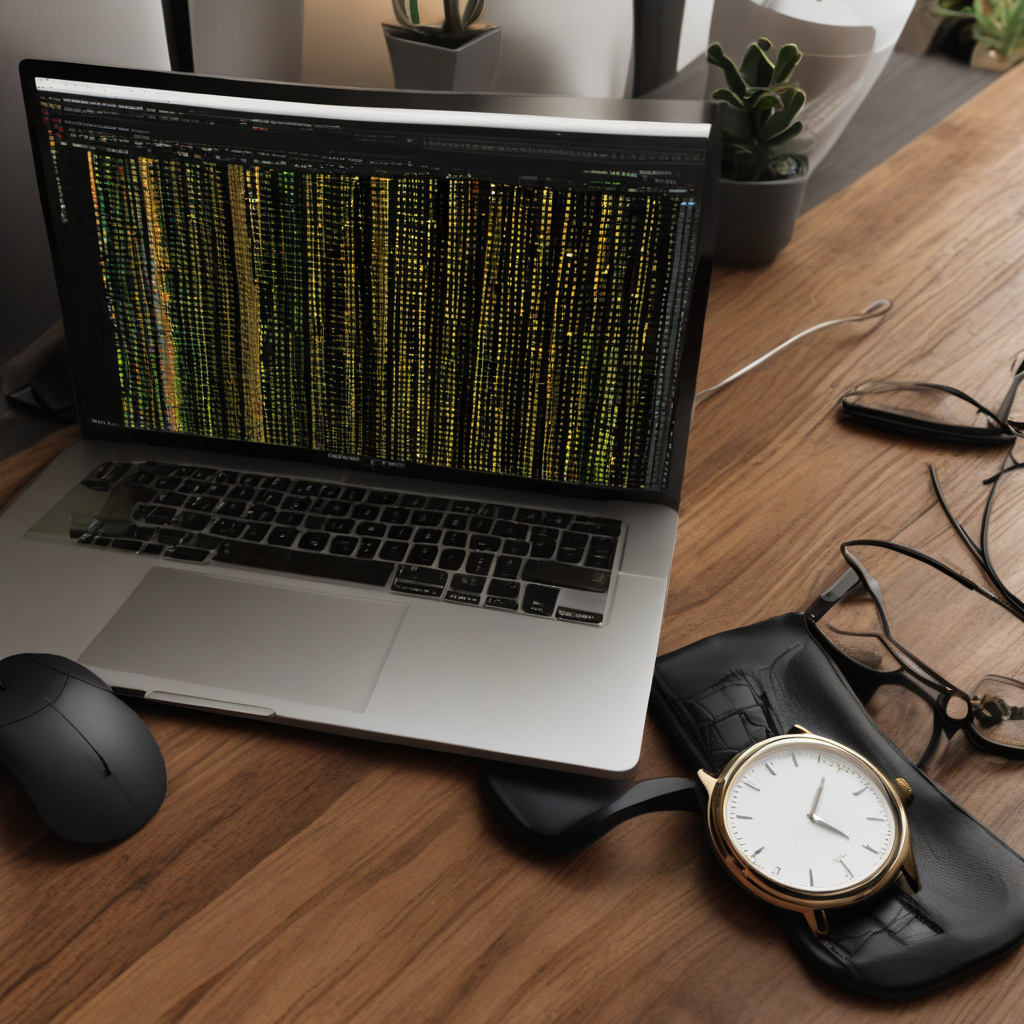Python: Introduction to Timestamps and Time Strings
In the realm of programming, time is a crucial element that often requires precise handling. Python, a versatile and widely-used programming language, offers robust tools for working with timestamps and time strings. Understanding how to manipulate time data is essential for various applications, from data analysis to web development.
Timestamps, in Python, represent a point in time, typically recorded as the number of seconds that have elapsed since a specific reference point, such as the Unix epoch (January 1, 1970). This numeric value provides a standardized way to track time across different systems and applications. For instance, when dealing with financial transactions or sensor data, timestamps play a vital role in ensuring accuracy and consistency.
One of Python’s key modules for handling timestamps is `datetime`. This module allows developers to create, manipulate, and format dates and times with ease. For example, to obtain the current timestamp in Python, you can use the following code snippet:
“`python
import datetime
current_timestamp = datetime.datetime.now()
print(current_timestamp)
“`
This code snippet leverages the `datetime.now()` function to capture the current date and time, providing a timestamp that reflects the precise moment the code is executed. By utilizing the `datetime` module’s functionalities, developers can perform operations like date arithmetic, comparison, and conversion between different time zones seamlessly.
In addition to timestamps, Python also enables the conversion of timestamps into human-readable representations known as time strings. Time strings are formatted representations of dates and times that are easier for users to interpret. Python’s `strftime()` method within the `datetime` module allows for customizable formatting of timestamps into various string representations.
For instance, to convert a timestamp into a specific date-time string format, you can use the following code snippet:
“`python
import datetime
current_timestamp = datetime.datetime.now()
formatted_time_string = current_timestamp.strftime(“%Y-%m-%d %H:%M:%S”)
print(formatted_time_string)
“`
In this example, `%Y-%m-%d %H:%M:%S` represents the format string specifying the year, month, day, hour, minute, and second components of the timestamp. By adjusting the format string, developers can tailor the output to suit different requirements, such as displaying timestamps in user-friendly interfaces or log files.
Moreover, Python offers libraries like `pytz` for handling time zones and `arrow` for simplified date and time manipulation. These libraries enhance Python’s capabilities for working with timestamps and time strings effectively, especially in scenarios involving global applications or complex time-related calculations.
In conclusion, mastering timestamps and time strings in Python is essential for developers seeking to build robust and reliable software systems. By leveraging Python’s built-in modules and third-party libraries, programmers can efficiently manage time-related data, ensuring accurate time representations and streamlined operations in their applications.
So, whether you’re tracking user activities on a website, processing real-time data streams, or scheduling tasks in a Python application, understanding timestamps and time strings is a fundamental skill that can elevate your programming prowess and enhance the overall functionality of your projects.

